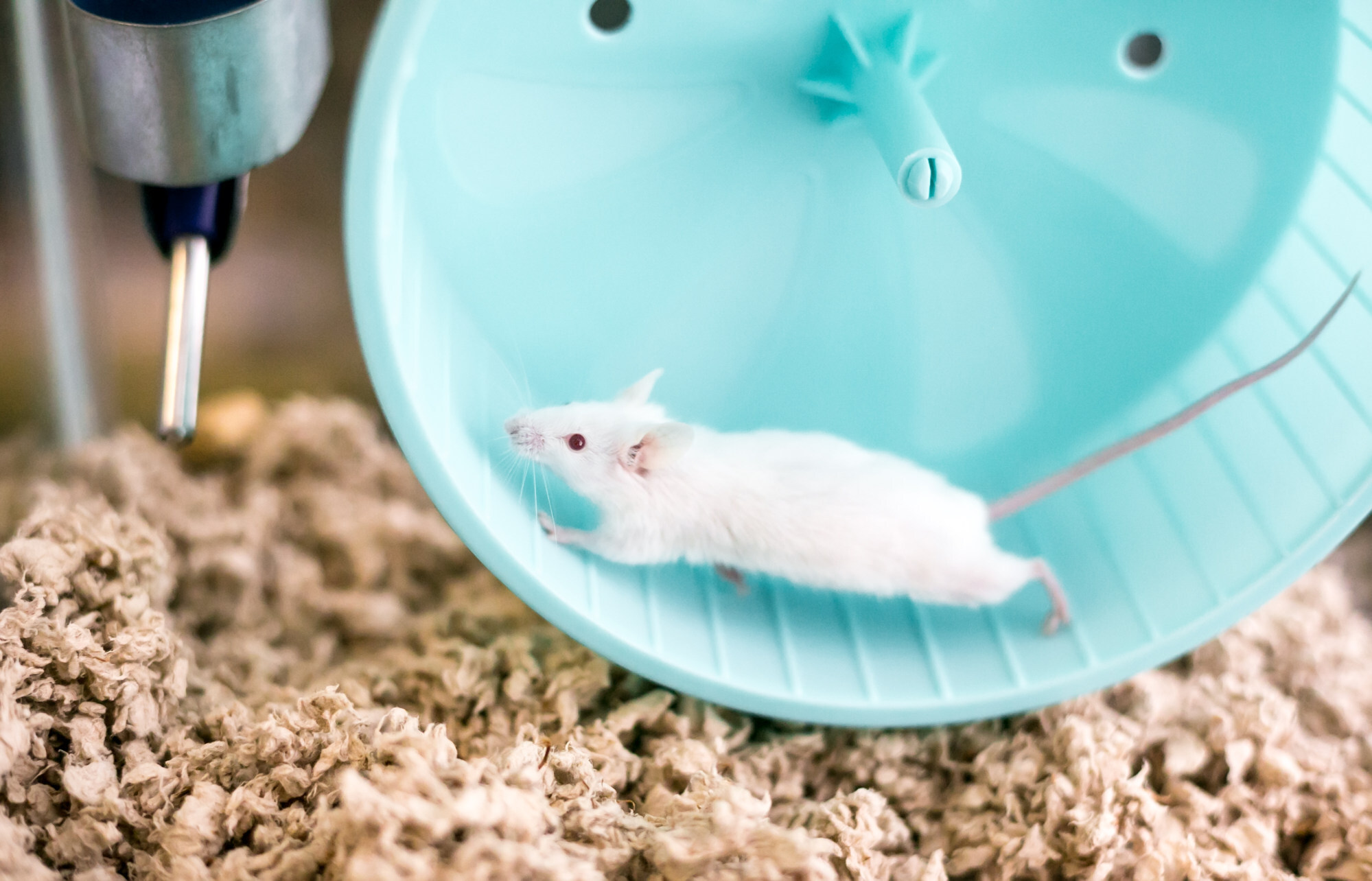
Obesity: could we ‘sweat out’ fat? In immune system experiment, obese mice lose 40pc of their weight in a month despite eating more
- Within four weeks of researchers triggering an immune response in mice they had shed 40 per cent of their body weight through their skin, all in the form of fat
- Researchers are poised to explore the concept in people, to better treat the consequences of obesity such as type 2 diabetes
In search of better treatments for type 2 diabetes and other consequences of obesity, Taku Kambayashi has long wondered if he could harness a bodily function that most think about in a different context: the immune system.
There was evidence to suggest this might work, as certain types of immune cells were known to play a role in metabolism. But when he and his colleagues at the University of Pennsylvania in the United States stimulated these cells in experiments on obese mice, they got a surprise.
Not only did the animals become healthier in terms of their blood-glucose levels and other metabolic “markers”, they also lost dramatic amounts of weight.
Within four weeks of triggering the animals’ immune response, Kambayashi and graduate student Ruth Choa found the mice had on average lost 40 per cent of their body weight – all in the form of fat.

What’s more, careful measurements revealed that the animals’ weight loss was not the result of burning calories any faster or eating less food. They actually were eating even more than before.
The real answer, the scientists reported in academic journal Science after many months of detective work, was that the mice were “sweating” out fatty molecules through their skin.
“It’s wild,” said Kambayashi, an associate professor of pathology and laboratory medicine at the University of Pennsylvania’s Perelman School of Medicine.
The question is if this phenomenon can be exploited in humans. For the moment, the answer is unclear. All the usual caveats apply – mice are not humans, all sorts of cures for cancer and other ills seemed promising in the lab, only to wash out when tried in people.

A typical person secretes 130 calories worth of sebum per day – not enough to have an impact on body weight. But if that process could be accelerated, say, by four times, Kambayashi thinks he would be onto something. “You’d lose a pound of fat [450 grams] per week,” he said.
Some others in the field are taking a wait-and-see stance, as obesity is a complex disorder. Among them is Richard Locksley, a professor at the University of California, San Francisco, who studies the same kinds of immune cells.
“It’s early days, but it’s interesting and plausible,” he said.

If the concept were to be explored in people, researchers would probably try to achieve the same goal – ramping up production of this cytokine, called TSLP – by administering a drug instead of genetic instructions, he said.
Ramping up TSLP, on the other hand, would have to be done carefully, lest it result in an inappropriate immune response. Kambayashi already is laying the groundwork for follow-up studies in people.
Among the remaining questions is just how the cytokine results in the excess secretion of sebum. The researchers found that TSLP causes certain kinds of immune T-cells to move to the sebaceous glands, which somehow results in more secretions.

Still, the weight loss in the mice was a surprise, to the point Kambayashi thought something must have gone wrong. “I thought they were sick, that they just weren’t eating,” he said.

But in fact, they were eating more than mice in a control group, which had not been treated with the cytokine.
The key clue came with a curious phenomenon that Kambayashi and others had ignored in the past: mice treated with TSLP were known to develop a shiny coat of fur.
He and Choa noticed that the same was true with these mice. So they shaved the animals’ fur, analysed it and discovered it was rich in calorie-dense, fatty molecules.
Still, with obesity among the leading health problems globally, millions remain eager to try new solutions. Kambayashi says he’s determined to give them the chance.
Like what you read? Follow SCMP Lifestyle on Facebook, Twitter and Instagram. You can also sign up for our eNewsletter here.

